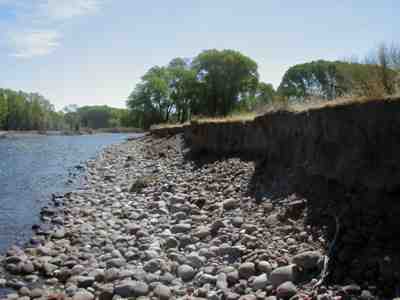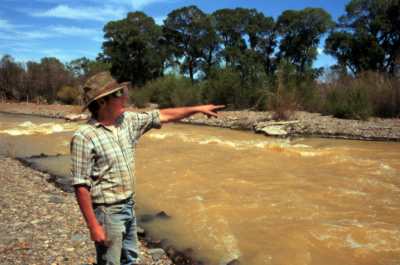THE COLOR GREEN IS OFTEN applied as an adjective to various energy technologies that are seemingly more enviro- or eco-friendly when compared to the unfriendly drilling for oil or the mining of coal. Photovoltaic solar panels, wind turbines and other green technologies do not ravage the natural environment — or do they? At a macro level, almost all energy technologies are extractive industries: holes drilled, tunnels bored, large pits dug and landscapes scraped in order to get to the good stuff. Green-ness must be viewed at all levels — globally, regionally and locally — in order to be more aware…



